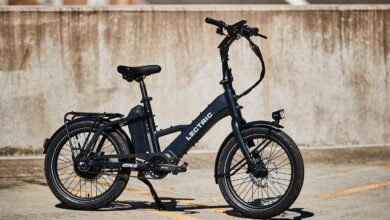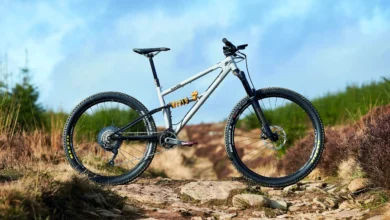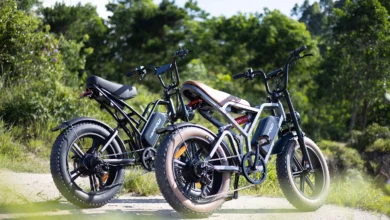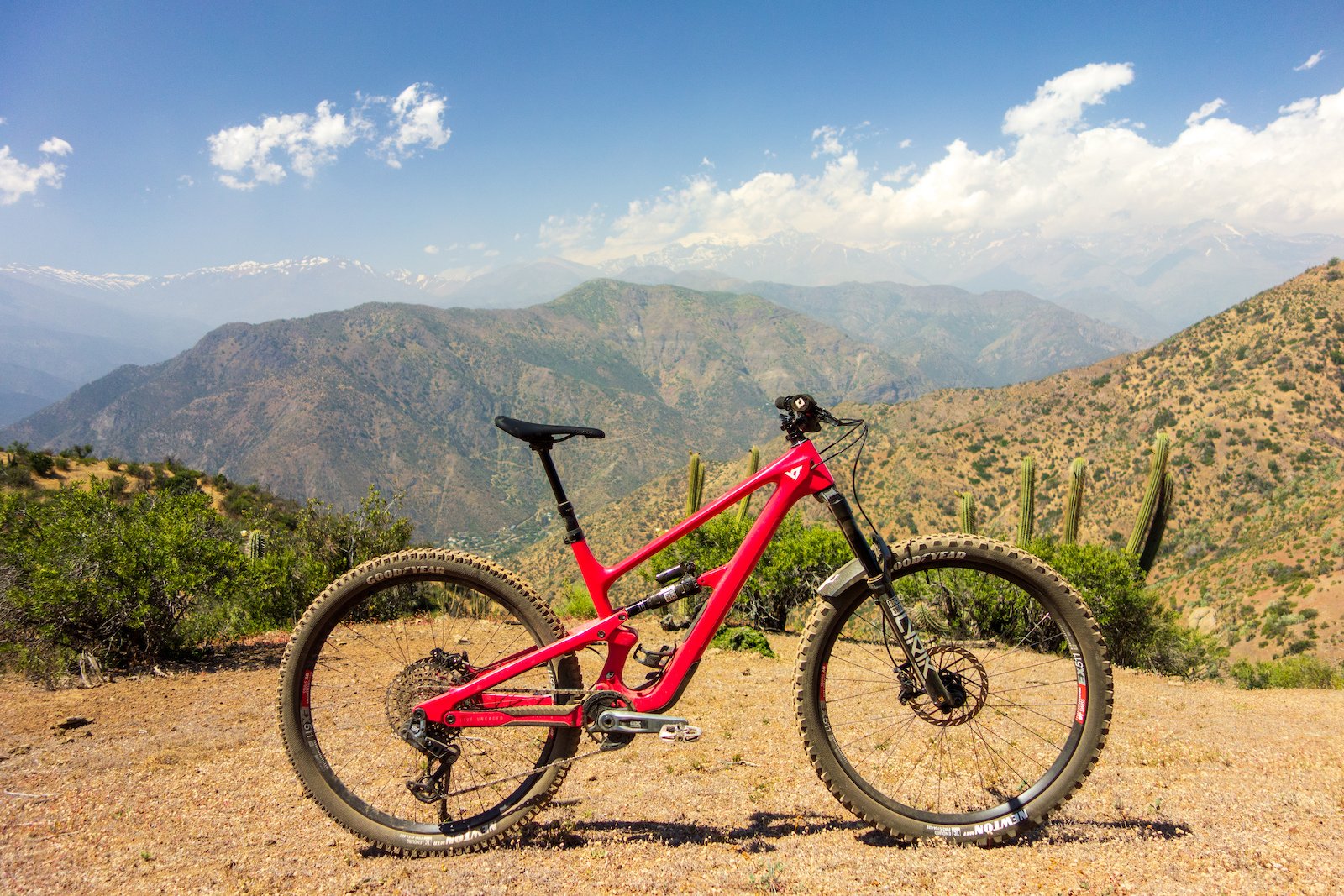
When it comes to the challenge of nailing the perfect all-mountain bike geometry, YT has taken a balanced approach with the Jeffsy. By avoiding extremes, they’ve crafted a geometry that feels spot-on for a trail bike, ensuring it’s versatile enough to handle a range of mountain biking demands. This middle-of-the-road geometry provides a stable ride without sacrificing the agility needed for both climbing and descending.
YT Jeffsy Core 4 Review
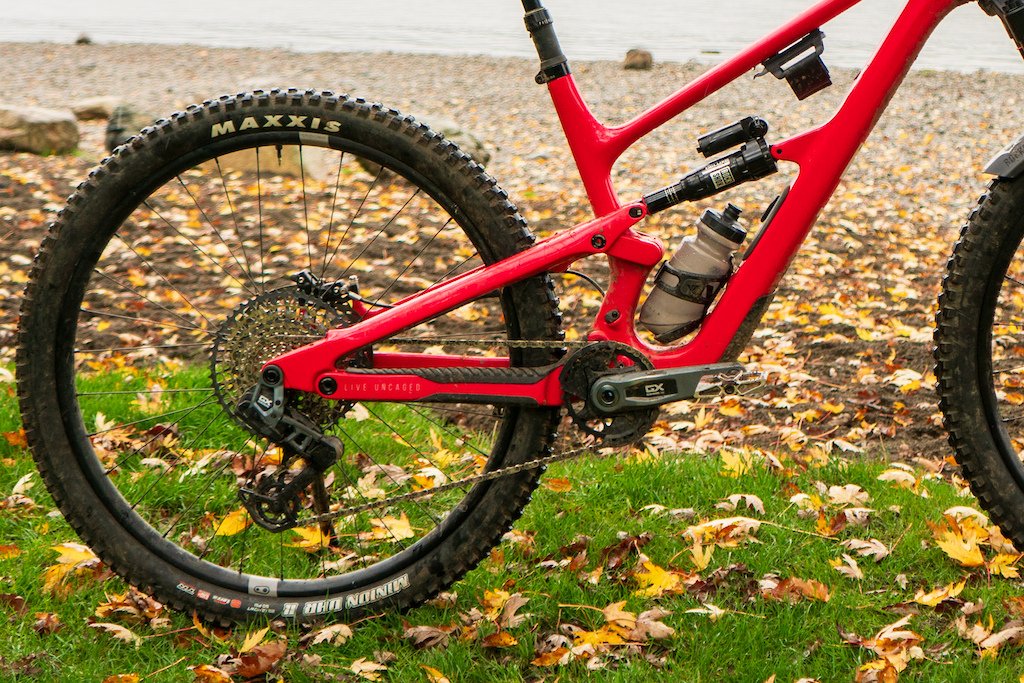
Customized Fit Across Sizes
We appreciate how YT has thoughtfully expanded the range of fit options, offering five sizes with reaches from 435 to 515 millimeters. This allows riders of various heights and preferences to find a Jeffsy that fits well. Additionally, the semi-size-specific rear centers ensure that the bike maintains a balanced feel across all sizes, a thoughtful detail that enhances handling consistency.
Adjustability and Frame Options
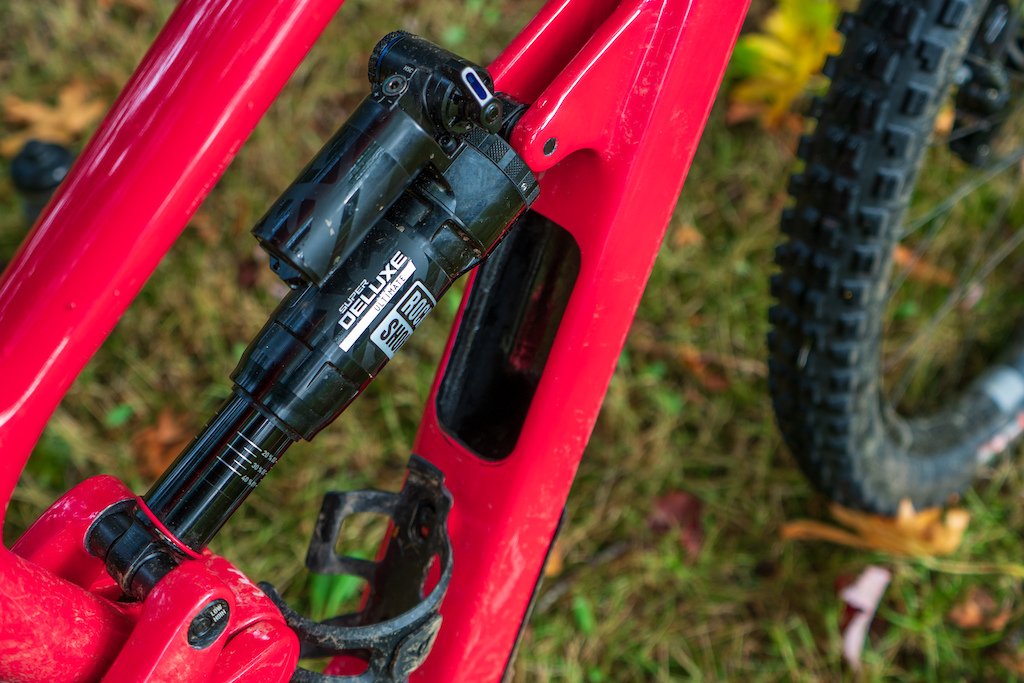
With options for both alloy and carbon frames, including an ultra-light “Ultra-Modulus” carbon, YT doesn’t just cater to different budget levels but also riding preferences. The inclusion of in-frame storage on the carbon models and accessory mounts on both versions highlights YT’s commitment to practical and versatile mountain bike designs. Furthermore, the ability to adjust the bike’s geometry slightly using a flip chip adds a layer of customization that can tweak performance based on the trail’s demands.
Performance on Trails

The Jeffsy boasts 145mm of frame travel paired with a 150mm fork, positioning it on the upper end of what many consider trail bikes. This setup results in a bike that balances climbing efficiency with confident descending capabilities, capable of tackling a diverse array of trails. It’s clear that after five years of development, the third iteration of the Jeffsy has emerged as a refined, do-it-all mountain bike that shines across various terrains.
Smart Specifications and Build Kits
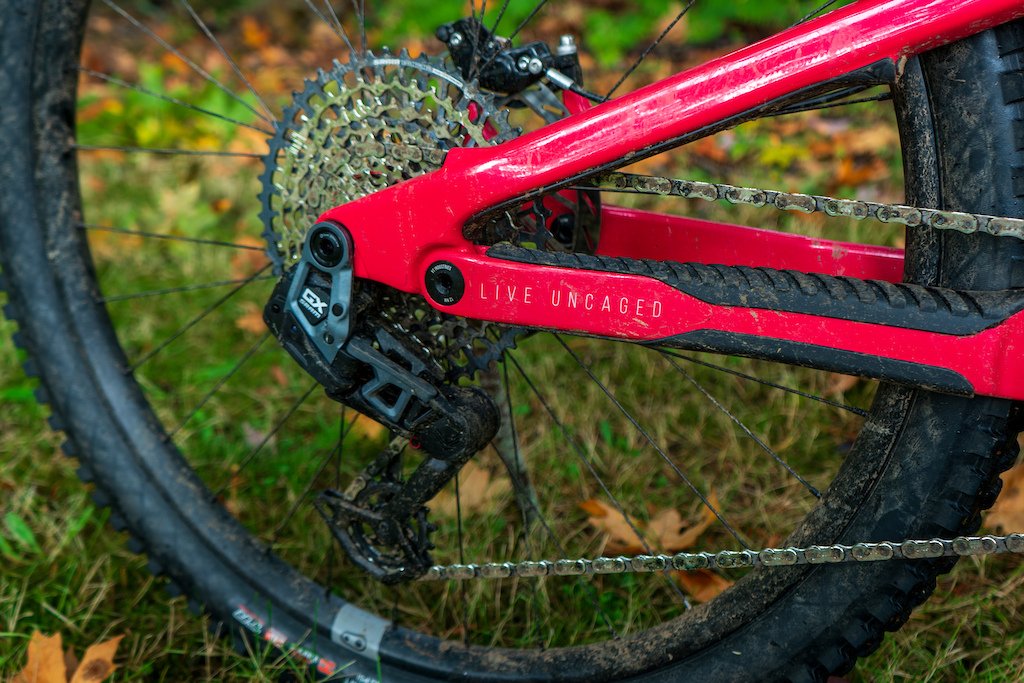
Each build kit, from Core 1 through 5, is smartly specced to maximize value and performance, with nuanced differences between the carbon and alloy models. These differences ensure that each rider can find a setup that suits their needs without unnecessary compromises. The universal derailleur hanger is another nice touch, enhancing the bike’s compatibility with a wide range of drivetrains and simplifying repairs.
Tweaking the Suspension: How the YT Jeffsy Stands Out
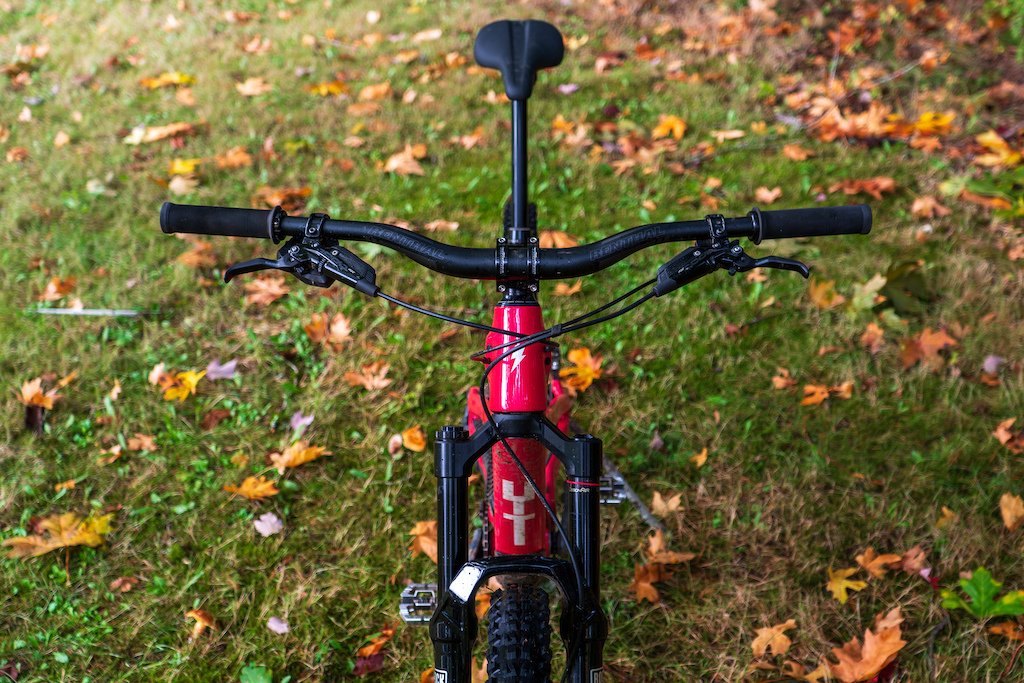
Boosting Performance Where It Counts
YT really dialed in the suspension progression this time around on the Jeffsy. They’ve tweaked it to keep the ride from bottoming out too much, which was a bit of a niggle with the earlier version. It’s all about striking that balance, and it seems like they’ve nailed it this time, ensuring the bike can handle more aggressive terrain without losing its composure.
Balancing Anti-Squat for Smoother Rides
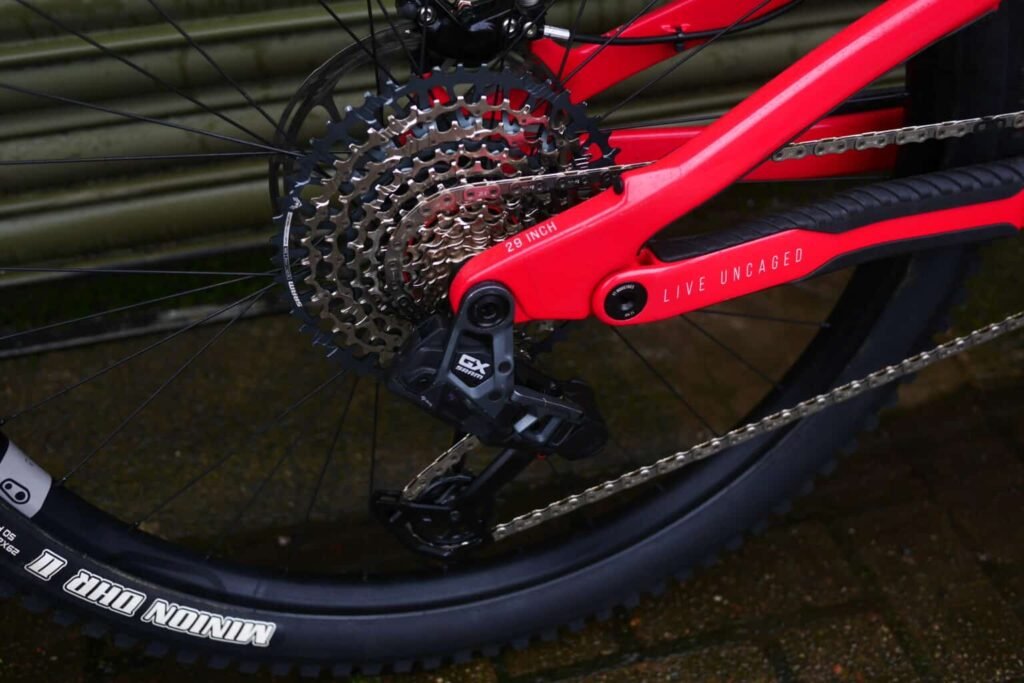
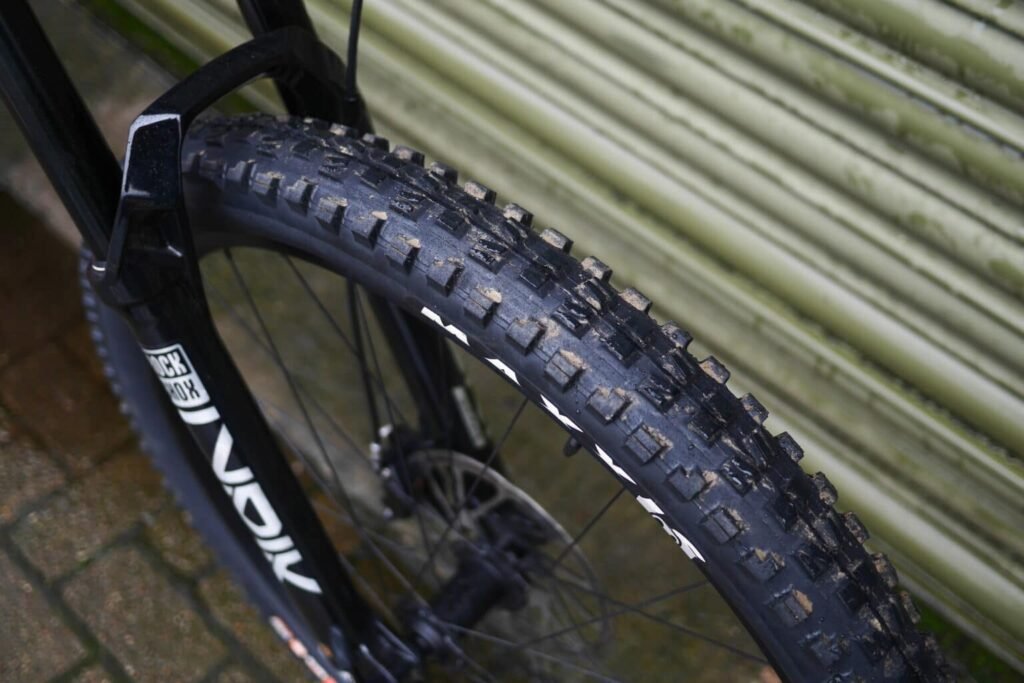
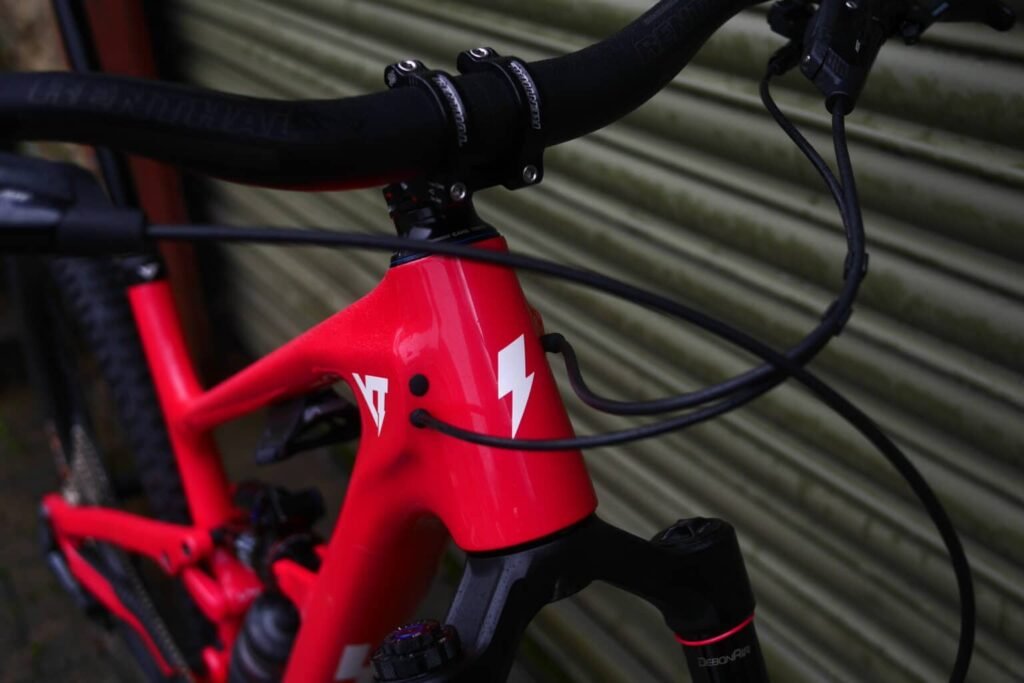
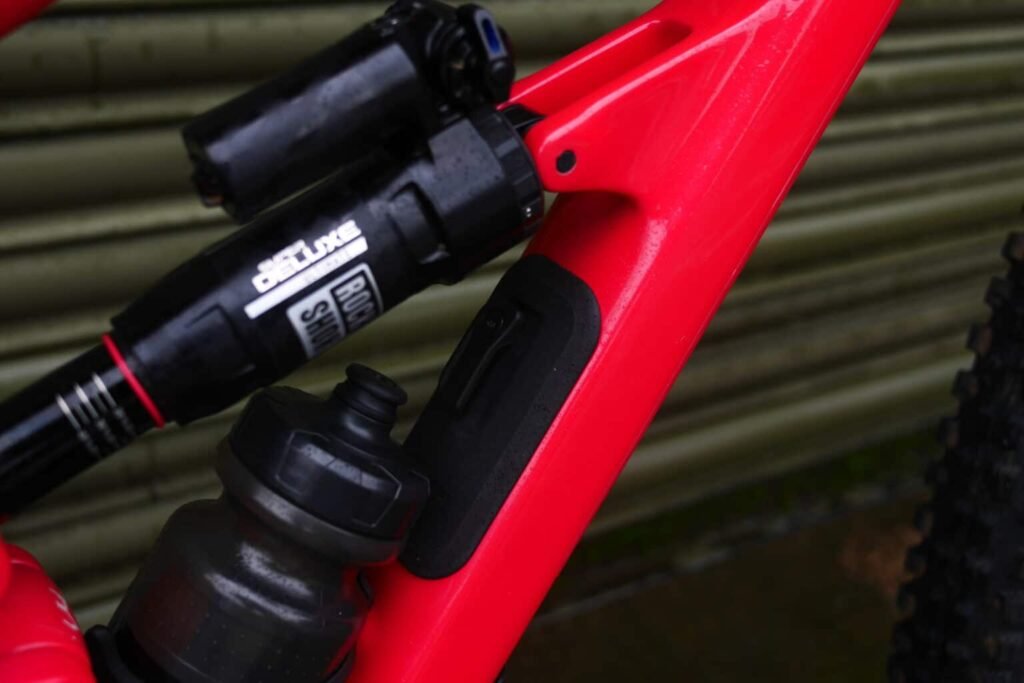
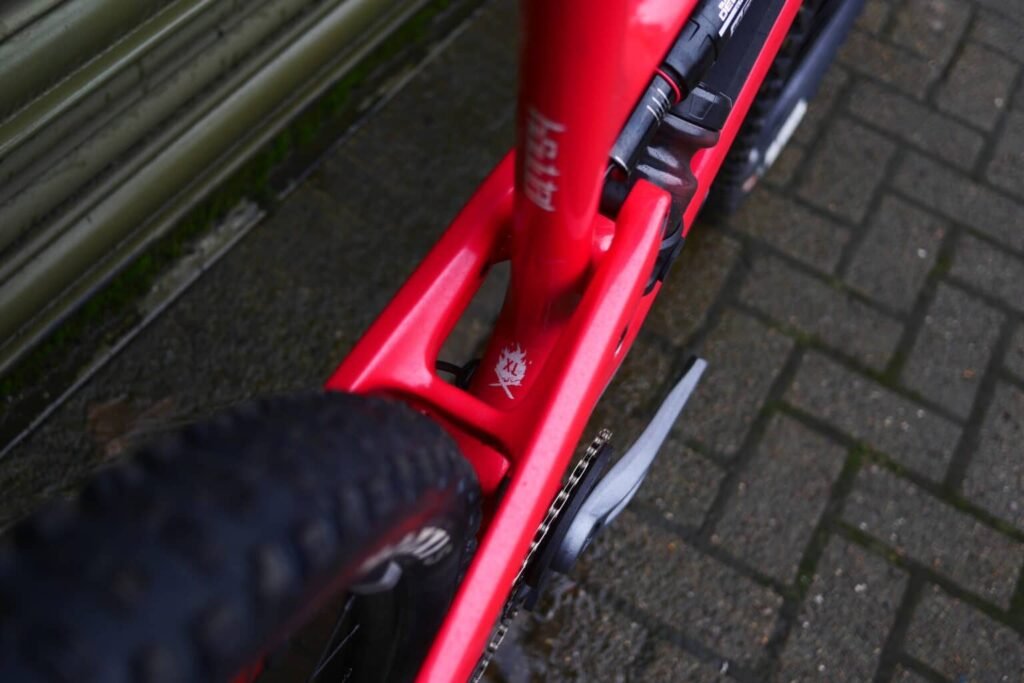
Setting up the sag at about 30% really brings out the best in the Jeffsy’s anti-squat features. It feels like you’re getting that perfect blend of responsiveness and efficiency when you’re pedaling up a climb or cruising on flat trails. It’s great because it keeps the bike feeling lively and ready to pounce, yet stable enough when you’re pushing it hard.
Getting the Setup Just Right
Tuning the suspension was pretty straightforward, which is a relief. There’s nothing worse than fiddling around too much when all you want is to get out and ride. YT’s setup calculator was a big help—I just followed their recommendations, tweaked a bit here and there, and the bike was good to go. I even pumped up the fork a bit more than suggested for one trip, but that’s the beauty of customization, right?
The Feel of the Bike
The Jeffsy came pretty much dialed in from the start. Usually, I find myself wanting to swap out tires or make brake adjustments, but not this time. I did switch up the tires for one specific trip, but other than that, it felt great as is. It’s nice when a bike just fits right into your riding life without much fuss, especially when you’re caught between sizes like I was, opting for a slightly smaller frame for better maneuverability on my local trails.
Exploring the Uphill and Downhill Performance of the YT Jeffsy
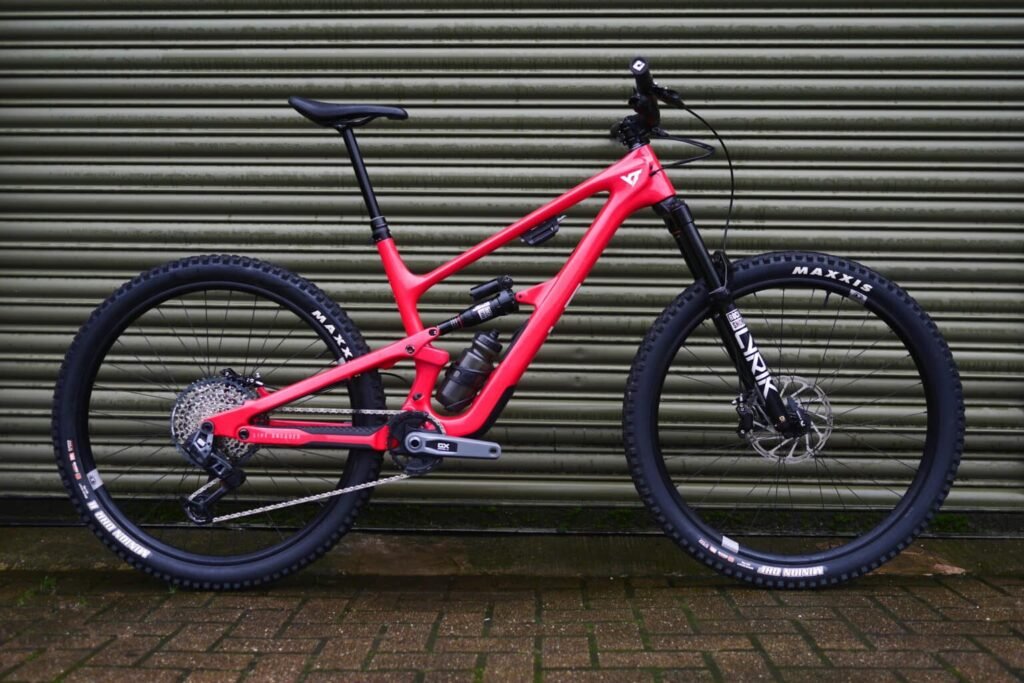
Mastering the Climb
Over the last few months, we’ve really put the Jeffsy through its paces, especially on the climbs—steep, technical, and often done in a race against the setting sun. The seating geometry of the Jeffsy, with its 77° seat tube angle, positions you ideally for these challenging ascents. It strikes a fine balance, making it comfortable for both sharp climbs and longer, winding trails. After many long rides, we can vouch for its enduring comfort.
While pedaling, the bike feels a bit soft under pressure, especially on uneven terrain. This trait actually comes in handy on rugged climbs where a bit more grip is needed, although it can feel a bit less efficient on smoother dirt roads. The climb switch, which we’ve engaged on longer ascents, locks out firmly—exactly how we like it, no guesswork involved.
And while we’re not solely focused on climbing features, the Jeffsy’s storage capabilities are worth mentioning. The in-frame storage is spacious and well-sealed, perfect for stashing a jacket and some tools. While the included tool bags didn’t quite hit the mark for us in terms of organization, swapping them out for a preferred tool wrap was an easy fix.
Conquering the Descent
Our first week with the Jeffsy coincided with what we’d call the ‘Week of Perfect Dirt’—ideal conditions where every trail felt like a dream. However, as the weather turned and brought persistent rains, the true test began. In these challenging, muddy conditions, the Jeffsy excelled. The balanced geometry and responsive suspension kept it composed and confident through slippery descents and steep chutes, without overusing the travel.
On faster, supportive terrain, the active suspension was noticeable, especially underfoot when pumping through the trails. Some might find this sensation unsettling, but for us, the trade-off was worth it for superior bump absorption as we transitioned back to rougher patches. The bike handled mid-size bumps and trail chatter impressively, maintaining a quiet and controlled ride.
Pushing the Jeffsy on extremely rough and fast sections did reveal its limits, typical for a trail bike. We experienced some hard bottom-outs on larger hits. Adding a couple of volume spacers helped manage this to some extent, though a hydraulic bottom-out feature would be a fantastic addition for smoothing out those intense, deep compressions. This would definitely enhance the feeling of stability when the trail pushes back hard.
Comparing the YT Jeffsy and the Hightower: A Detailed Look
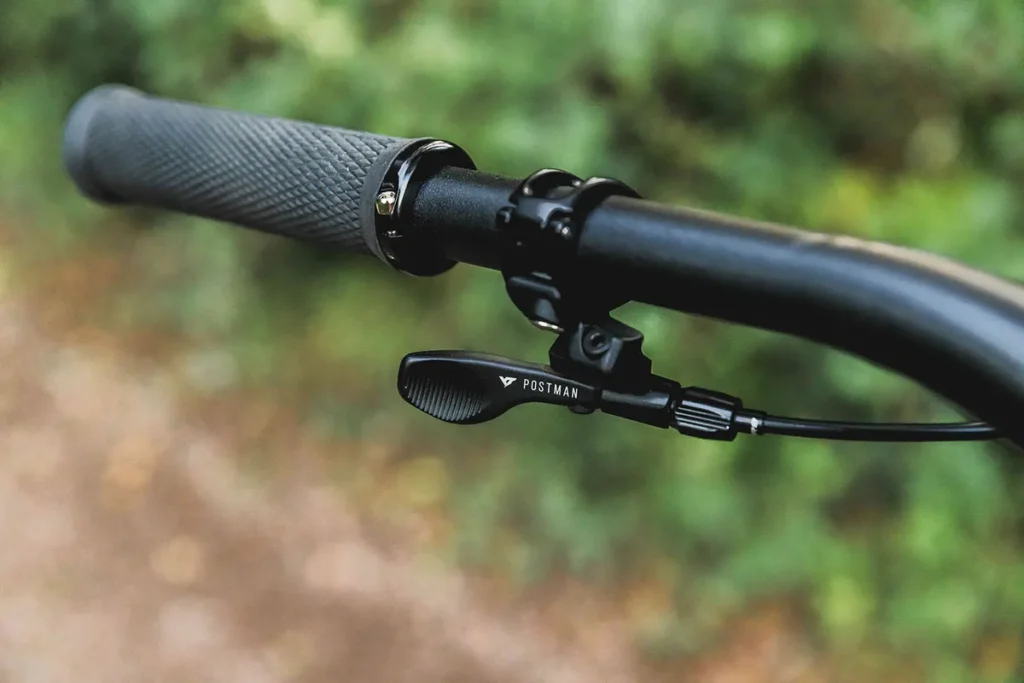
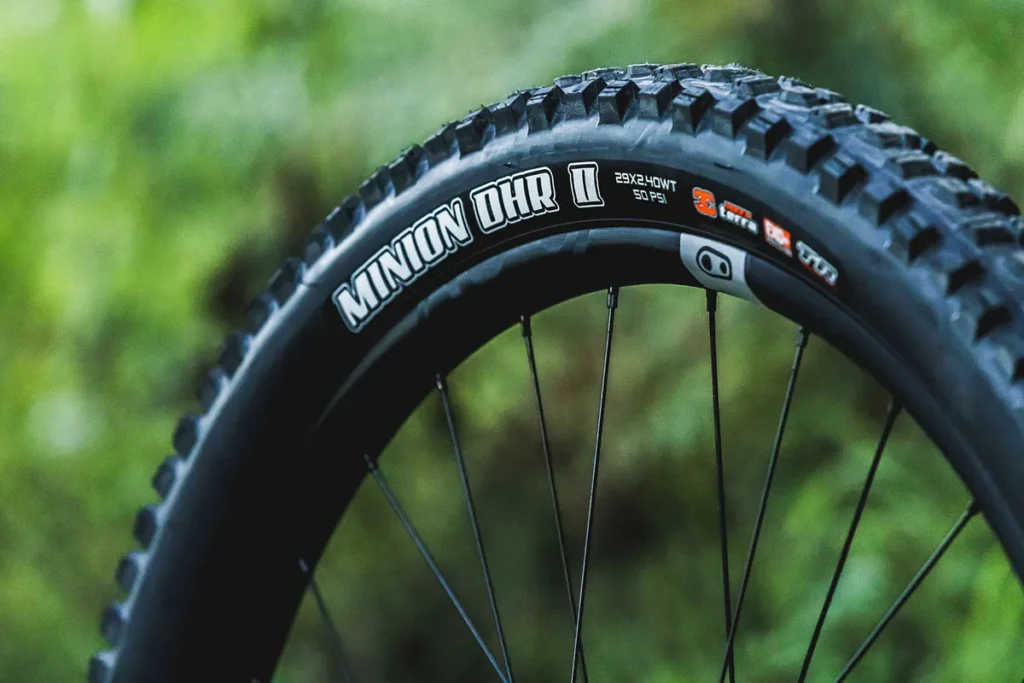
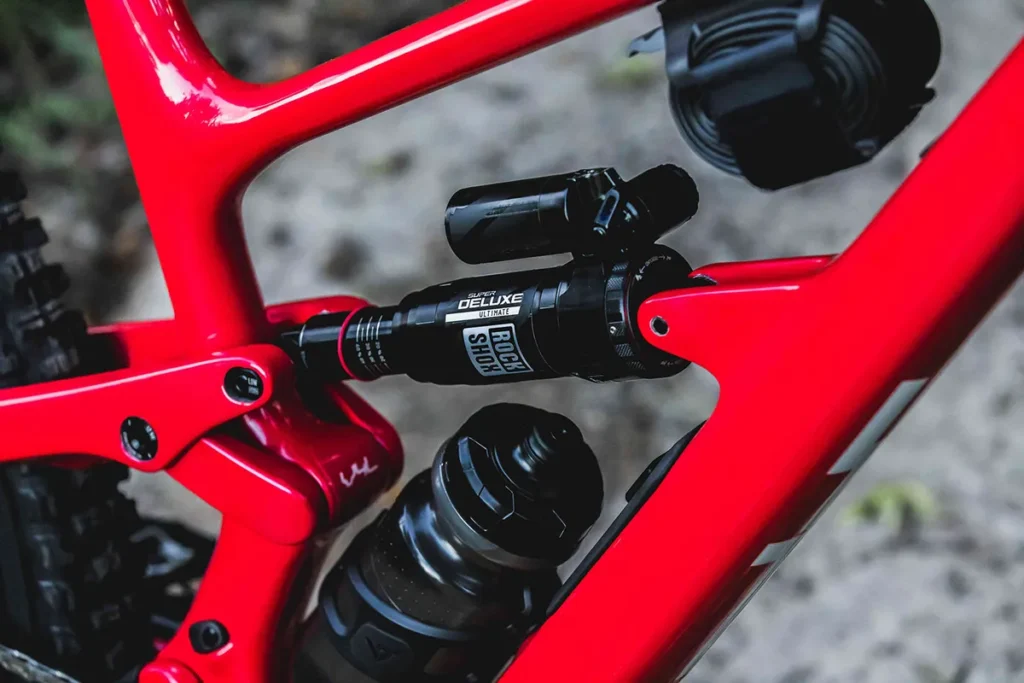
Geometry and Trail Behavior
While the geometry of the YT Jeffsy and the Hightower are remarkably similar, their trail demeanors reveal distinct differences. These nuances in ride feel and handling cater to different types of riders and preferences, despite both bikes being versatile all-mountain 29ers.
The Jeffsy tends to favor descents and offers superior traction, making it the go-to for riders who prefer a more grounded feel through rough and choppy terrain. On the other hand, the Hightower shines in its efficiency, generating speed effortlessly, particularly in terrains that require a lot of pumping. If you’re looking for a bike that maintains speed well over rough sections, the Jeffsy might be your better bet. However, for those who prioritize quick acceleration and smoother ride dynamics, the Hightower stands out.
Choosing Based on Terrain
For riders planning to tackle looser and more challenging trails, the Jeffsy slightly edges out with its robust handling and superior traction. Both bikes are highly capable across a wide range of terrains, but the Jeffsy’s prowess in tougher conditions makes it particularly appealing for adventurous riders.
Assessing Value and Price
When it comes to value for money, YT’s competitive pricing model makes the Jeffsy a standout choice. Even as other direct-to-consumer brands inch closer to traditional retail pricing, YT manages to offer more attractive deals. For instance, when comparing the Jeffsy Core 3 and the Hightower S, the YT not only features slightly better components but also comes at a significantly lower cost—$1,600 less, to be precise. The slight weight disadvantage of about a pound on the Jeffsy is minimal when considering the overall value offered.
Selecting the Right Model
If we’re talking bang for your buck, the Jeffsy Core 3 presents an impressive value. The step up to the Core 4 does offer the GX Transmission drivetrain which some might prefer, but with a $1,200 price jump, it’s worth considering whether the upgrade fits your needs. The Core 3’s setup, including reliable Code R brakes (which can be upgraded later with the savings), remains a compelling choice. Plus, all models come equipped with quality tires, a suitable long-travel dropper post for the bike size, powerful brakes, and a versatile 12-speed drivetrain, maintaining excellent value across the board.
Technical Report on Key Components of the YT Jeffsy
Crankbrothers Synthesis Enduro Alloy Wheelset: A Surprising Advantage
Initially, the choice of the Crankbrothers Synthesis Enduro Alloy Wheelset didn’t stand out to me much. However, after experimenting with stiffer wheels and returning to the original setup, the advantages became clear. The carbon frame of the Jeffsy is notably stiff, and the slightly more forgiving nature of the Synthesis wheels plays a crucial role. They provide not only good grip but also enhance the overall comfort of the ride. With stiffer wheels, I found that achieving the same level of traction required noticeably more effort.
YT Postman V2 Dropper Post: Awaiting Full Evaluation
The YT Postman V2 dropper post was not available in the 200mm variant when I tested the Jeffsy, so I used the V1 model instead. I look forward to a detailed review of the V2 post once it’s available, especially to explore its new saddle clamp design. This design, which resembles the setup seen on the AXS post, uses two side-mounted bolts for tightening the saddle rails. This approach is far less cumbersome than the traditional method that involves adjusting from the underside of the saddle, offering potential improvements in ease of use and maintenance.
SRAM Dub Pressfit Bottom Bracket: Defying Expectations
The use of a pressfit bottom bracket often elicits criticism, but in the case of the Jeffsy, it has proven to be completely reliable. High manufacturing standards and precise tolerances are crucial for pressfit bottom brackets, and this setup has met all expectations. It has held up under a variety of conditions—from dry dust to wet mud—without any issues, providing a solid and silent performance throughout my tests.
Avid Centerline Rotors: Potential for Upgrade
While Avid Centerline Rotors have been dependable for years, the advent of SRAM’s newer HS2 rotors has shifted my preferences slightly. Initially, I used the Centerlines, but I quickly switched to the HS2s, which offered improved braking power and better heat management. This isn’t to say that upgrading is essential, but for those looking to enhance their braking system, switching to HS2 rotors can significantly improve the experience by boosting the effectiveness of the Codes.

